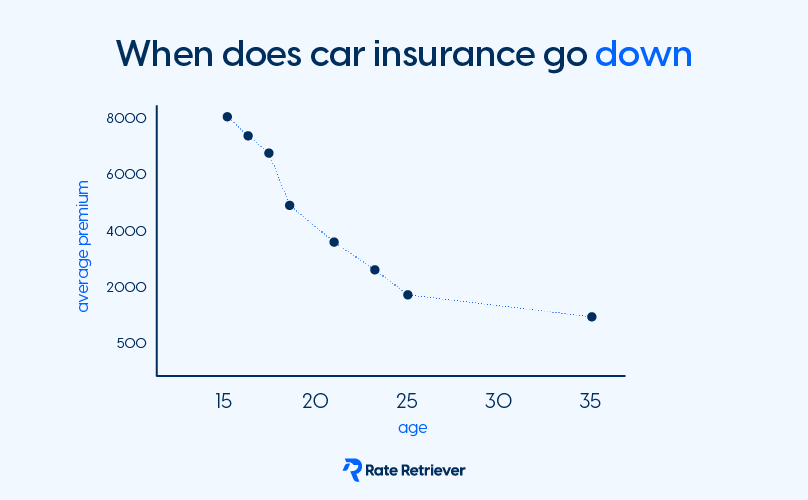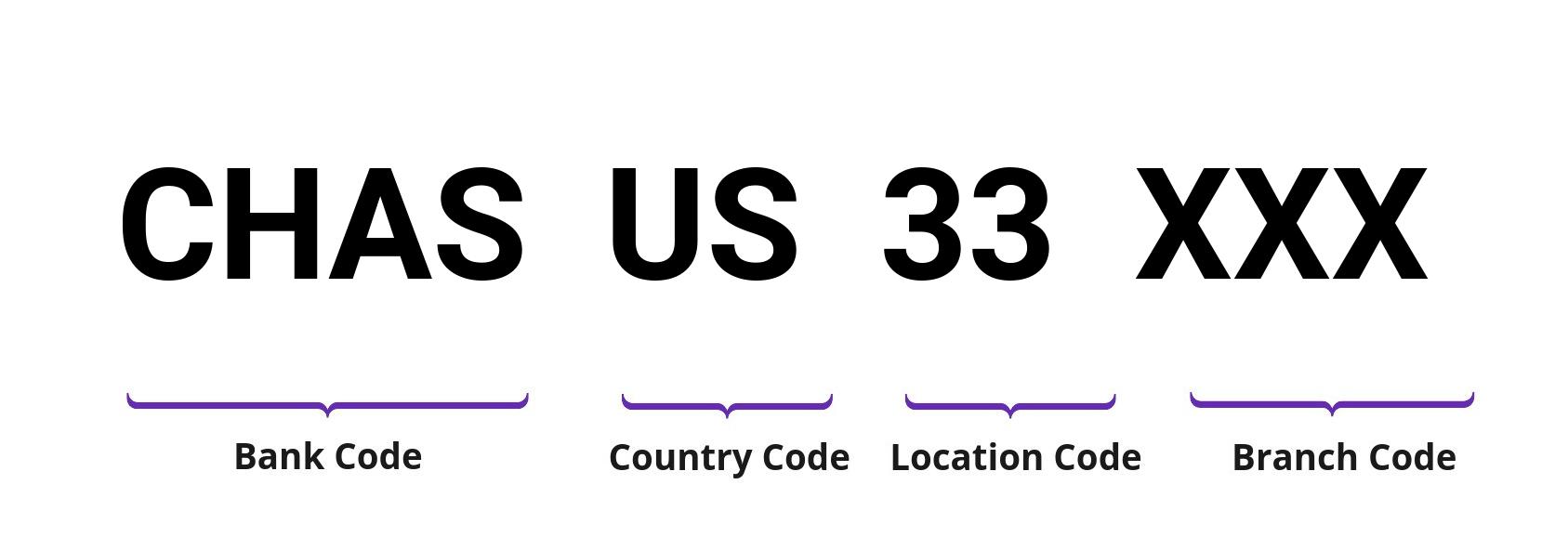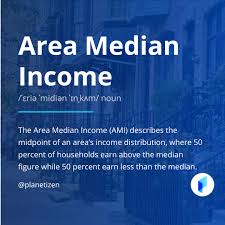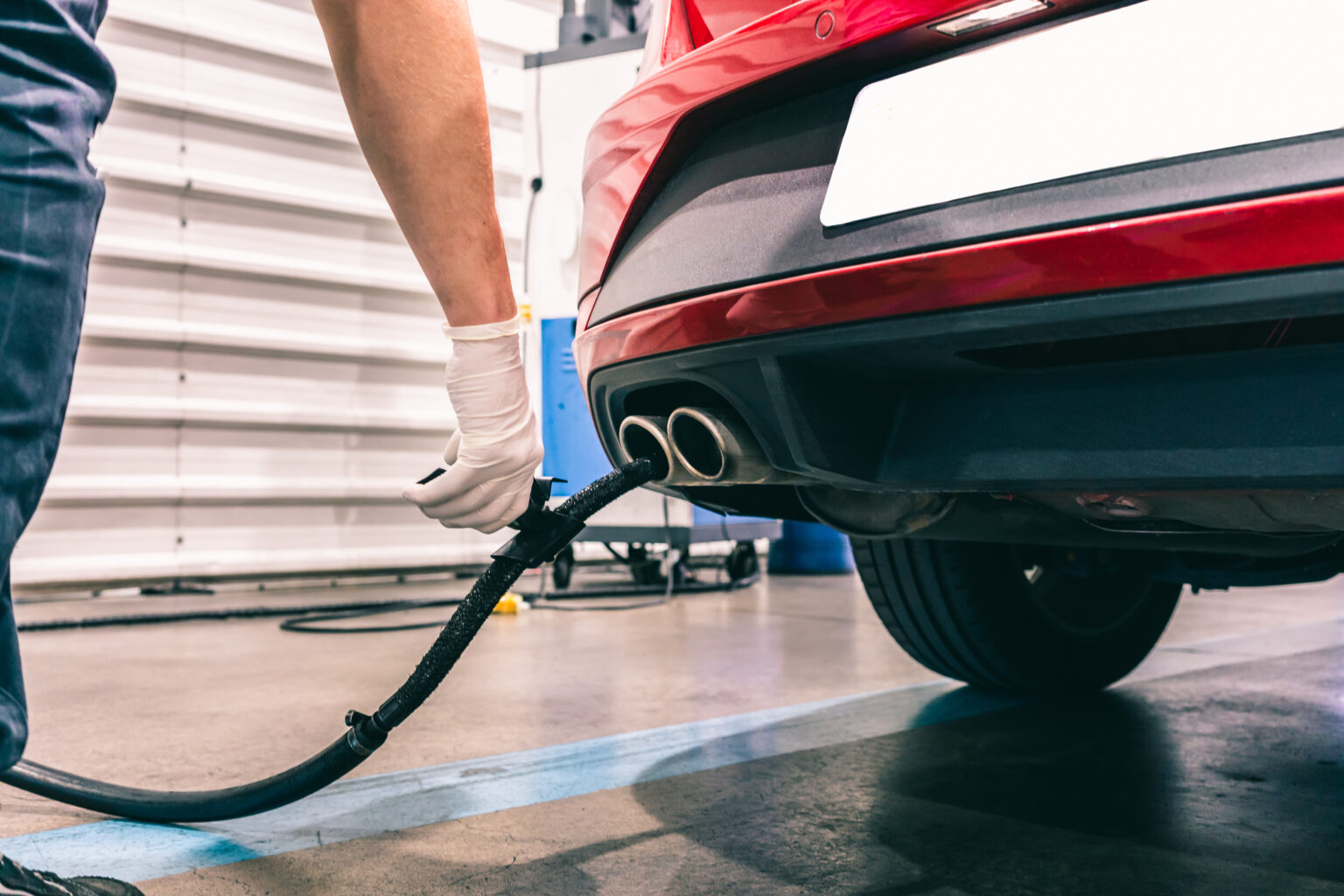A Vehicle Identification Number (VIN) is a unique 17-character code assigned to every vehicle when it’s manufactured. Think of it as your car’s fingerprint—no two vehicles have the same VIN. The first 11 characters reveal details like the vehicle type, where it was made, and when it was produced. The last six characters serve as a unique serial number, giving your car its identity. Your VIN is a treasure trove of information, including engine type, original production details, and history of ownership. It can even help determine if your vehicle has been recalled.
For more on VIN basics, you can visit National Highway Traffic Safety Administration (NHTSA).
Quick Takeaways
- Your VIN is essential for identification for you, your insurance company, and mechanics.
- A VIN provides vital details like manufacturing origin, model history, and potential recalls.
- You can use the VIN to check a car’s history before purchasing it.
Where to Find Your VIN
VIN placement varies by manufacturer, but the most common locations are:
- Driver’s side interior dashboard
- Driver’s side door jamb
- Under the hood
- Front end of the frame
Pro tip: If you don’t have access to your vehicle, you can find the VIN on your insurance card, registration, or vehicle title.
How to Decode a VIN
At first glance, a VIN might look like a random mix of letters and numbers, but every character has meaning. Here’s the breakdown:
World Manufacturer Identifier (Digits 1-3)
- Indicates the vehicle’s country of origin, manufacturer, and type.
- Examples:
- 1 or 4: USA
- 2: Canada
- 3: Mexico
- J: Japan
- K: Korea
- W: Germany
Vehicle Description (Digits 4-9)
- Provides information about the car’s model, body, restraint system, transmission, engine, and fraud detection digit.
Vehicle Identifier Section (Digits 10-17)
- Digit 10: Model year (e.g., 8 = 2008, A = 2010, L = 2020)
- Digit 11: Assembly plant
- Digits 12-17: Unique serial number for the vehicle
For a full VIN decoding guide, check out VINDecoder.net.
How is the VIN Used?
Different people use the VIN for different purposes:
- Mechanics: Quickly identify engine types and compatible parts.
- Insurance companies: Determine insurance rates and coverage based on vehicle details.
- Manufacturers: Track vehicles for recalls and production records.
- Police: Check for stolen vehicles or involvement in crimes.
- State DMV: Vehicle registration and ownership tracking.
- Used car buyers: Perform vehicle history checks to avoid buying a car with hidden issues.
You can even run a VIN check online through services like Carfax or AutoCheck.
Do You Need a VIN for Insurance?
You can often get a car insurance quote without your VIN, but to purchase a policy, the VIN is required. If you’re missing it, your insurance provider can guide you on alternative ways to obtain it, including checking your insurance documents or vehicle registration.
For more insurance information, visit Progressive Insurance.





























